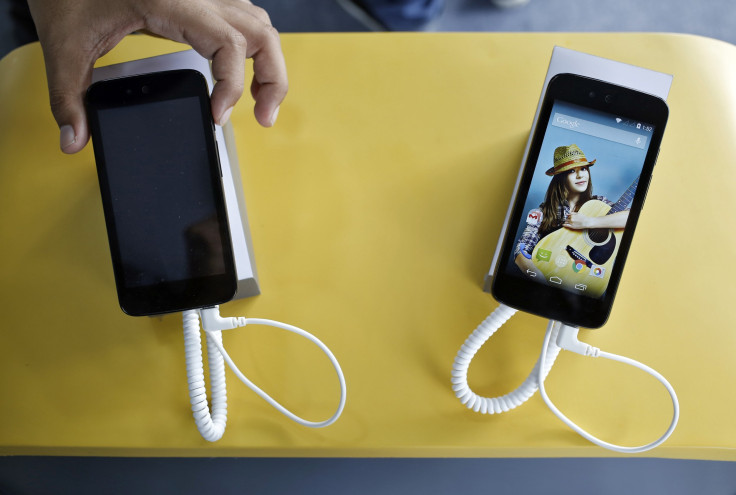Google Partners With Indian Manufacturer Karbonn On Upcoming 'Android One' Handsets

Google Inc. has teamed up with Indian mobile manufacturer Karbonn to build phones for the Android One program, a line of low-cost smartphones targeted at emerging markets. The Mountain View, California-based company started selling Android One phones in September; the next generation is expected to debut in the first quarter of 2015.
“We have had an excellent response on Android One devices," Shashin Devsare, executive director of Karbonn Mobiles, told BGR India at the Dream 500 Million Smartphones event in New Delhi. "We believe that Android One will mature over time. Our partnership for Android One is going to be long term.”
Google announced its Android One program in June at its I/O Conference and began releasing handsets -- the Dream UNO Mi-498, the Canvas A1 and the Sparkle V -- in September. The devices all include a standard template of specifications that are not that remarkable but are good for devices priced around $100. They include 3G data, Wi-Fi, Bluetooth and GPS.
While little is known about upcoming Android One smartphones, they are expected to feature Qualcomm processors. Chip manufacturer Qualcomm has released a host of budget market processors with updated technology, such as 64-bit capability, in the last two years. If true, chips such as those in the Snapdragon 200 series or Snapdragon 400 series could be used in low-end devices like the Android One smartphones.
The Android One program aims to make smartphones accessible and affordable in the most rural areas of the world where technology has not penetrated. There are more than 1 billion Android devices activated around the globe, yet less than 10 percent of the world’s population has access to smartphones, according to Sundar Pichai, senior vice president of Android, Chrome and Apps at Google.
“That means most people are only able to make simple voice calls, rather than connect with family through a live video chat, use mapping apps to find the closest hospital, or simply search the Web. We want to bring these experiences to more people,” Pichai wrote in a blog post in September.
Still, smartphone adoption in developing markets is rapidly increasing and is expected to help global Internet usage exceed 3 billion users in 2015, according to a November report by eMarketer.
Consumers in these markets are more likely to connect to the Internet through their smartphones and use Internet-connected handsets primarily for access to games and social media. World Bank President Jim Kim noted in a LinkedIn blog post in April that he has seen residents of Uttar Pradesh, one of the poorest Indian states, using smartphones to watch Korean dramas.
© Copyright IBTimes 2024. All rights reserved.












